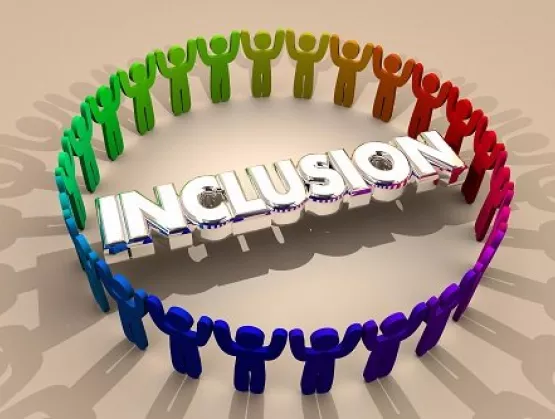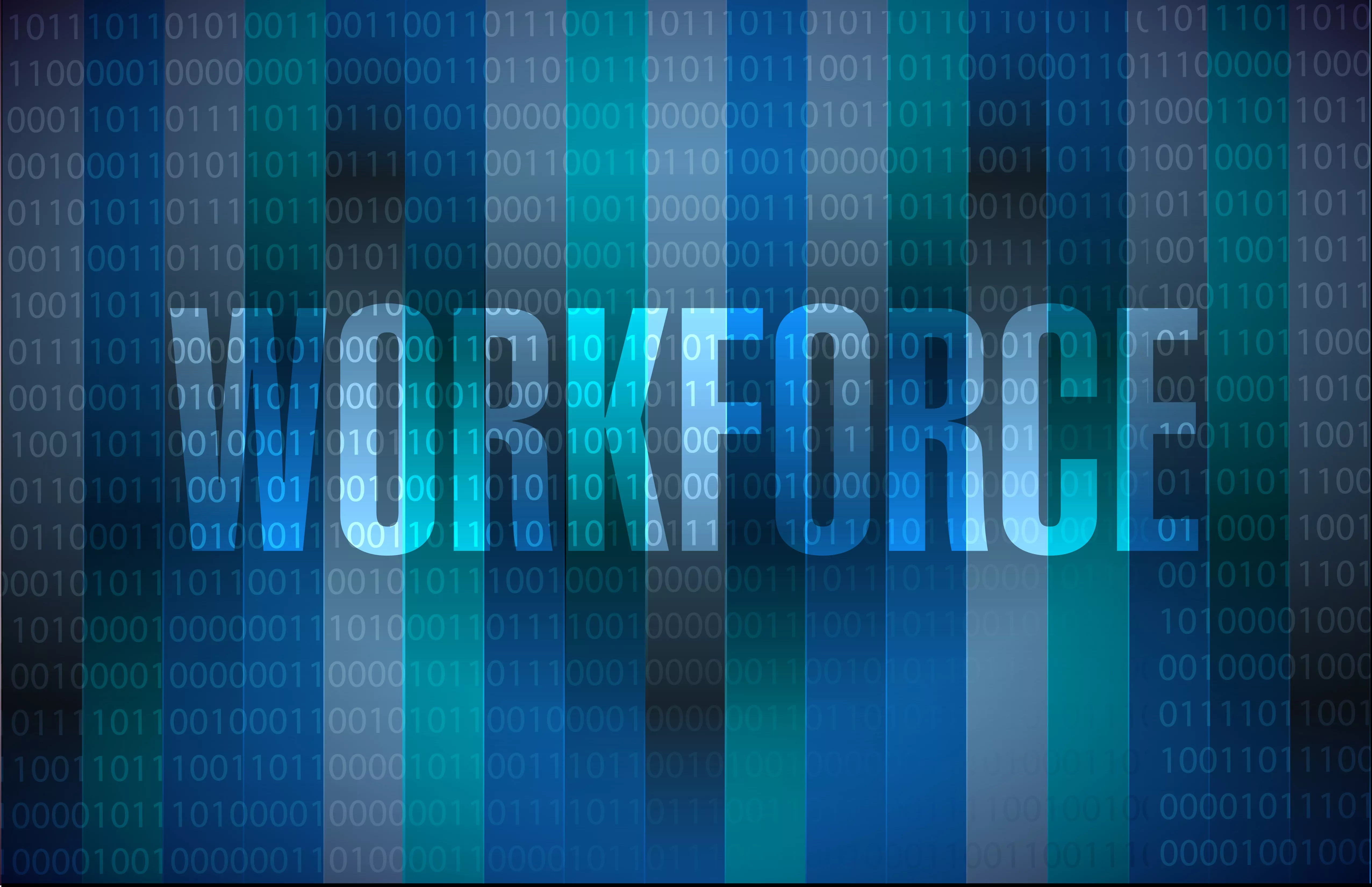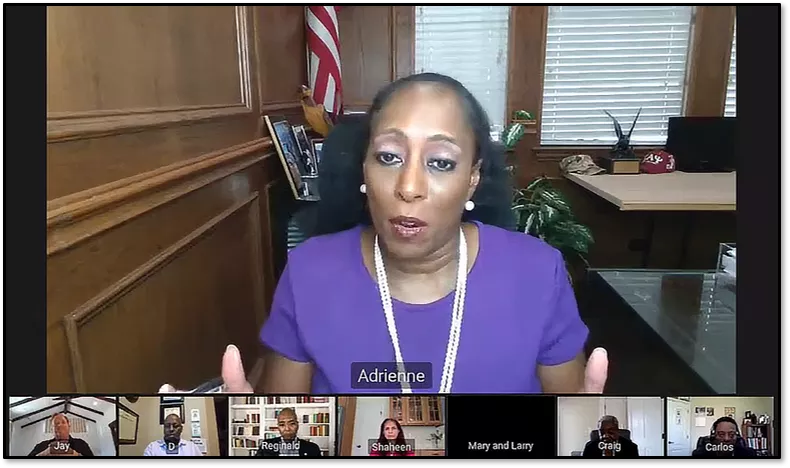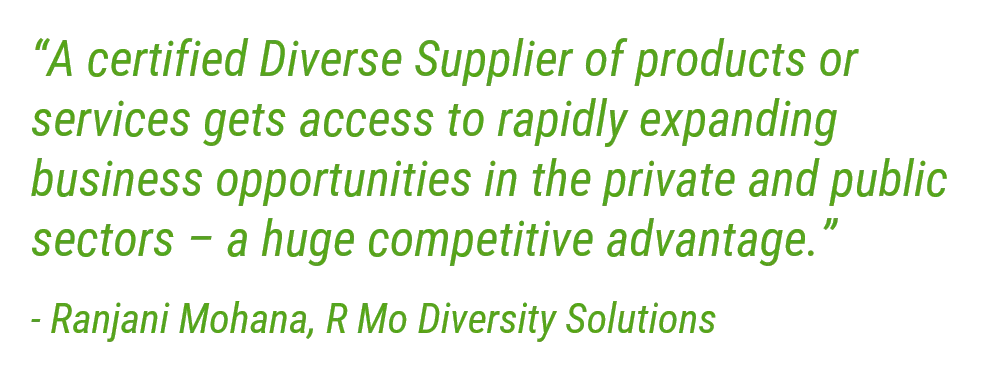
The long-simmering issue of diversity, equity and inclusion (DEI) in the workplace reached a boiling point in recent months. Protests around social injustice arose while COVID-19 disruptions exposed the significant digital and economic disparities between different social and ethnic communities.
Improving DEI is no longer a point of discussion; it’s an urgent call to action, rapidly escalating as a top strategic priority and core value throughout corporate America. At the Virtual SEMICON West 2020, the SEMI Foundation and SEMI Americas teams assembled leaders to discuss how they are driving DEI transformations at their companies and throughout the semiconductor supply chain.
Here are key insights they shared during the following workforce development sessions at SEMICON West 2020
Creating a Culture of Inclusivity
Why are diversity and inclusion so important? A growing body of research and experience shows that businesses with more diverse workforces outperform their competitors. They’re generally more profitable, innovative, and productive. Nonetheless, the technology industry as a whole and the semiconductor industry in particular still lag other industries in diversifying their talent.
“I really believe diversity and inclusion is the biggest risk facing our industry,” said Lubab Sheet-Davis, vice president of Strategy and Innovation at Lam Research. “It is also a great opportunity. If all of us embrace D&I we can move the needle and propel this industry forward for the next 50 years.”

Lubab Sheet-Davis of Lam Research presents on Diversity and Inclusion.
Organizations with more diverse perspectives do better anticipating market and customer shifts, develop more valuable innovations, and provide a clear, competitive advantage, agreed Debbie Gustafson, CEO of Energetiq Technology. When people with different backgrounds meet around a table, “fresh ideas” are introduced that “can make a difference to their company,” Gustafson said.
Both speakers emphasized that diversity goes beyond gender and ethnicity, encompassing differences in areas including age, education, culture, socioeconomics, geography, sexual orientation and work experience.
“Diversity is a metric. Inclusion is a practice,” Sheet-Davis explained.
She said inclusion is about “unlocking the benefits of diversity” by ensuring mutual trust, respect, and equitable career opportunities. Companies improve D&I when there’s strong CEO commitment, transparent communications about progress, unconscious bias training, employee resource organizations, and diverse hiring managers.
Attracting and Retaining a Diverse Workforce
Today, 67 percent of job seekers say a diverse workforce is important to them when considering a company’s offer for employment, according to Glassdoor. Further, 57 percent of existing employees want their companies to do more to increase workforce diversity.
Consequently, it’s imperative now for companies to “signal a commitment to diversity and inclusion not only to employees but also to candidates,” said Antoinette Hamilton, Head of Inclusion and Diversity at Lam Research. There’s also mounting evidence that companies with diverse talent achieve higher levels of employee engagement and financial success.

“Diversity and Inclusion is not just a fad,” Hamilton said. “There are a lot of internal and external pressures to improve D&I in the workplace.” She pointed to legislative actions from countries worldwide since 1995, rising demand from stakeholders and customers for D&I commitments, and an increasingly diverse global population requiring more diverse workplaces of the future.
To attract more diverse talent, Hamilton said companies should take a fresh look at whether their sourcing strategy prioritizes outreach to educational institutions serving minorities. She recommended reevaluating traditional college degrees for certain jobs, apprenticeship programs, and tangential industry experience. Organizations should also cast a net wider by recruiting through new social media platforms, campus job fairs, or career sites and trying Fairygodboss along with the usual Monsters and Indeeds.
Businesses can retain diverse talent by fostering an open, respectful and inclusive workplace through celebrating different cultures at companywide events and encouraging diverse communities to form their own groups for tailored resources, mentors, networks, and volunteer projects.
Supplier Diversity: We Hear You and Stand Together
Fierce competitors drive the semiconductor industry forward, but it will take fierce collaborators to advance supplier diversity across its end-to-end supply chain.
“This issue (supplier diversity) transcends our industry, which means we’ll need the strength of the entire community to overcome these types of challenges,” said Jay Kerley, Applied Materials’ Chief Information Officer and vice president of the company’s Enterprise Enablement Group.
That point echoed throughout an assembly of industry all-stars who shared their company’s commitments and best practices to procure more business with suppliers whose companies are owned, operated, and controlled by underrepresented minorities.
“It’s important that we rely on the energy of trade associations like the SEMI MOD (Manufacturing Ownership Diversity) Task Force to help us develop a platform and pipeline for selecting diverse suppliers,” Kerley added.
Supplier diversity also isn’t about a social cause; it’s a “business driver making you more competitive, innovative, and helps supply chain continuity from disruptions even before COVID-19,” said Adrienne Trimble, president and CEO of the National Minority Supplier Development Council (NMSDC), who moderated the discussion.

Adrienne Trimble of the NMSDC leads the supplier diversity discussion.
At Intel, supplier diversity aligns with the company’s core value to embrace diversity and inclusion in all communities, said Shaheen Dayal, the company’s senior vice president of Supply Chain and Director of Fab Technology Sourcing.
“We do not tolerate social injustice and we expect our suppliers to drive diversity in their operations,” Dayal said.
Intel plans to double its diverse supplier spend to $2 billion by 2030 and focuses a $400 million venture fund on diverse suppliers.
After Japan’s devastating tsunami and earthquakes in 2011, Tokyo Electron relied more on diverse suppliers to fulfill equipment gaps, and that flexible framework has helped the company adjust to more recent disruptions from COVID-19, said Larry Smith, president of Tokyo Electron America. “
"Working with diverse suppliers gives us a competitive advantage – a message we’re communicating worldwide inside and outside the company,” added Mary Champagne, Tokyo Electron’s Senior Purchasing Manager.
 “Building safe and sustainable buildings means using diverse suppliers for safety equipment, new technologies, and HVAC systems,” said , vice president of Supplier Diversity and Supply Chain Sustainability at Johnson Controls. The company recently surveyed 1,500 of its prime suppliers to evaluate their support of supply chain diversity.
“Building safe and sustainable buildings means using diverse suppliers for safety equipment, new technologies, and HVAC systems,” said , vice president of Supplier Diversity and Supply Chain Sustainability at Johnson Controls. The company recently surveyed 1,500 of its prime suppliers to evaluate their support of supply chain diversity.
“When we talk about business being a platform for social change, this (supplier diversity) is one of the biggest ways we can do that in corporate America,” said Craig Cuffie, senior vice president and Chief Procurement Officer at Salesforce, whose companywide strategy focuses on people, purchasing, philanthropy and policy. For example, purchasing plans to increase its diverse supplier spending 25 percent annually.
Beyond leveraging networks like SEMI, NMSDC, and World Wide Technology (WWT), qualified companies should get Diverse Supplier certification to open doors to more business opportunities, advised Dicran Arnold, vice president of Business Development at WWT, one of the largest black-owned businesses in the U.S.
Diversity Certifications: Eligibility and Benefits
A certified Diverse Supplier of products or services gets access to rapidly expanding business opportunities in the private and public sectors – a huge competitive advantage, said Ranjani Mohana, president of R Mo Diversity Solutions. New doors will open to potential contracts, capital, and contacts with corporations as well as federal, state, and local government agencies.
 “The time to do this is now because it can take from a few months to six months for third-party certification,” Mohana said. “It puts you at the top of the ladder.”
“The time to do this is now because it can take from a few months to six months for third-party certification,” Mohana said. “It puts you at the top of the ladder.”
There are some 340 Diverse Supplier certificates. While not rocket science, certification is a multi-step process requiring paperwork, screening, interviews, and possibly on-site visits. For Diverse Supplier certification in the United States, for-profit business must first be at least 51 percent owned, operated, and financially managed by people in these categories:
- Ethnic minorities (African American, Latin American, Native American, Asian-Pacific American, Asian-Indian American)
- Women
- Veterans (military services)
- LGBTQ community (lesbian, gay, bisexual, transgender and queer or questioning)
- Disabled
“Getting certified is like going to college, doing homework, getting a degree, and then applying for different jobs to find the right fit,” said Mohana.
While certified suppliers get more visibility and advantages, they must perform to high standards, polish their brands, and promote themselves via industry networks such as SEMI and IEEE.
Hiring Heroes – Creating a Path from Military to Civilian Workforce
“They (military personnel) are a team player . . . they are loyal to a cause greater than themselves . . . they are a responsible citizen . . . that’s the kind of person we want working for us.” — George W. Bush, Former U.S. President
That quote underscores why military veterans become everyday heroes when they land a job in the microelectronics industry. They hit the ground running with strong technical skills that can be easily adapted to the industry.
 Too often, however, veterans are an untapped resource, noted Kathy Garner, Tokyo Electron’s Manager of Talent Acquisition and Global Mobility. Hiring managers across the semiconductor ecosystem and veterans themselves often don’t recognize the applicable skillsets and mindsets honed by military experience, the session’s other presenters noted.
Too often, however, veterans are an untapped resource, noted Kathy Garner, Tokyo Electron’s Manager of Talent Acquisition and Global Mobility. Hiring managers across the semiconductor ecosystem and veterans themselves often don’t recognize the applicable skillsets and mindsets honed by military experience, the session’s other presenters noted.
“Oh, this is a technology company. I don’t suppose I’m qualified,” said an ex bomb specialist in the U.S. Army during a job interview with Garner. That bomb specialist, however, had the right stuff — a team player working with highly complex and expensive equipment who thinks fast on his feet, performs under pressure in fast-changing and chaotic environments, and completes projects with seemingly insurmountable challenges.
Although they come from various fields, veterans rising through the ranks get abundant leadership and technical training to assess risks, analyze, and troubleshoot problems. They also tend to be self-motivated and exercise mature judgement.
“All those qualities are key components to a lot of jobs in the semiconductor industry,” said Shawn Harbert, senior manager of Pilot Materials at Lam Research, who also serves in the U.S. Air National Guard while leading an employee relations group at Lam supporting veterans.

Shawn Harbert of Lam Research discusses his transition to civilian work.
Final Thoughts
These sessions are prime examples of sessions on Diversity, Equity and Inclusion and Smart Workforce that SEMI incorporates into its event programs worldwide. I encourage you to reach out to the SEMI Foundation about ways your organization can take action to make Diversity, Equity and Inclusion a priority.
As inspiration, consider the words of the late U.S. Congressman John Lewis: "When you see something that is not right, not fair, not just, you have to speak up. You have to say something; you have to do something."
Margaret Kindling is Senior Manager of Programs for SEMI Americas.